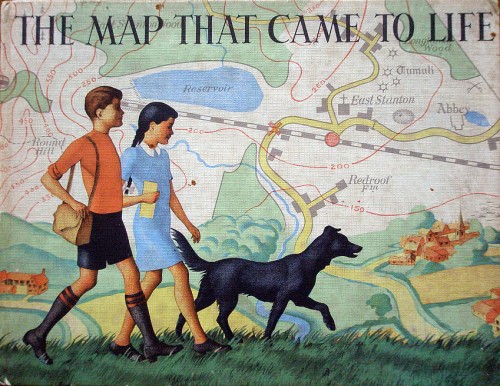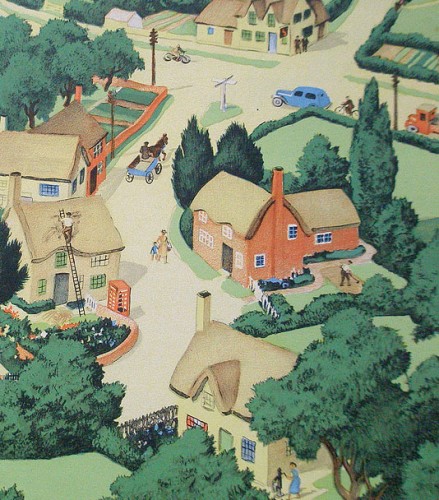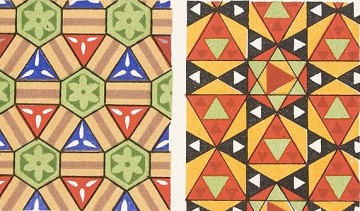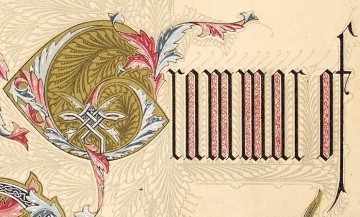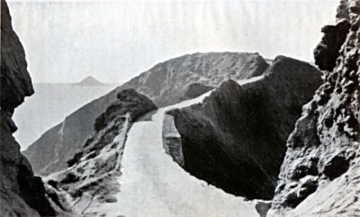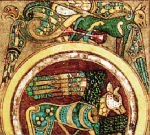Not the place but the activity. Rita Carter presented a one hour programme on BBC Four that could easily have been a series.
This was a terrifically fudged programme. Rita Carter is an experienced science writer, with a special interest in the workings of the brain but she skirted some of the big issues, failed to come to a serious conclusion beyond confirming the validity of the programme’s big idea and let drop such solecisms as ‘the brain was designed’.
None of these points were made by the programme:
- more money is now made from computer games than books
- public libraries are closing across the country
- boys in particular continue to read less and less
Some of the most interesting points were in the first half of the programme:
- reading requires multiple brain zones, which have adapted from other functions and which continue to develop when you read
- because of its difficult structure, reading English requires more mental effort than other languages – which may have developmental significance for the brain as a whole
Some interesting ideas were floated but remained unsubstantiated:
- computer games may require less empathetic involvement than reading (no hint at the wider social implication of a whole generation of adolescents now more likely to walk by on the other side)
There was no attempt to pick up on the differences between reading a novel and reading the web, or between reading plain text or text with images, or even listening to a book being read and reading it.
There wasn’t any sense of where UK Government policy is on the issue.
But yes, reading books is a precious thing.


